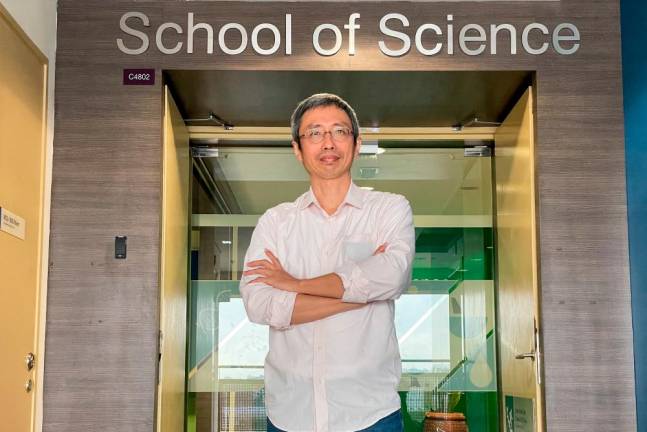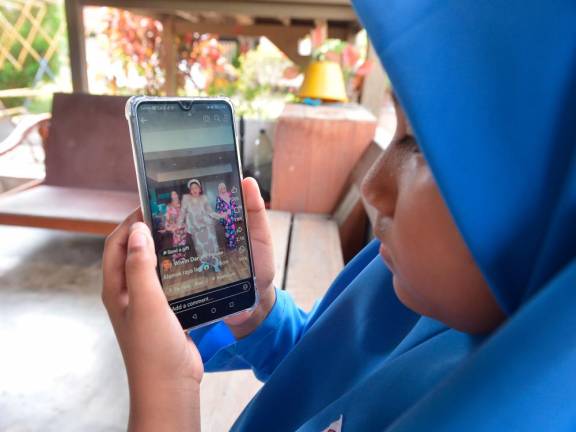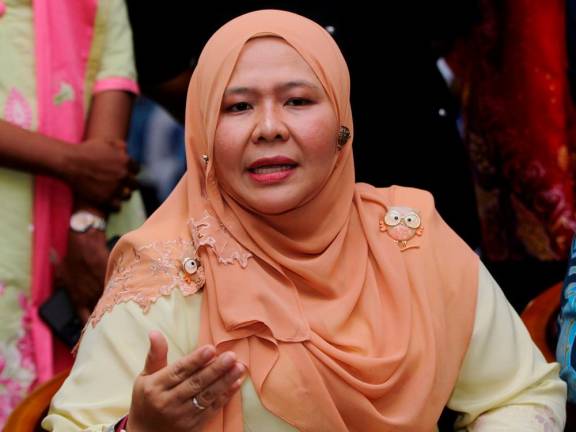DIVERSITY transcends colour and ethnic backgrounds and includes customs, cultural and religious experiences, political views and sexual orientation. The definition of “diverse”, according to Cambridge Dictionary is “including many different types of people or things”.
At the tertiary level, institutions are encouraged to employ a diverse faculty, all for good reason. In today’s global market, people are travelling more and working abroad has become a lot more accessible. People of all walks of life can easily travel across borders to exchange ideas and share knowledge. In addition, the growth of online programmes makes it easier for remote faculty members to engage with students all over the world.
It has become easier for universities to make their faculty more diverse, and here is why having a diverse faculty is extremely important and beneficial not only to students, but also institutions and faculty members themselves.
The importance of role models
Students need role models and positive relationships with educators to nurture a sense of belonging and comfort, meaning they will be able to study better and enjoy classes and the academic experience.
When a student feels they have things in common with an educator, they naturally feel more comfortable and can relate to them better. Students can find security in knowing that there is someone on campus that has their best interest in mind, that is looking out for them, and more importantly, someone who understands their culture and the different things about them.
Students get more exposure
According to the report National Viewpoint: The Importance of Hiring a Diverse Faculty, “A diverse faculty will allow students to be exposed to a wide array of ideas, cultures, and individuals. In a diverse student population, students need to be exposed to educators who are like them. They need to see people who have an impact on their lives, look like them, sound like them, and have similar life experiences.”
Students stand to benefit from a faculty of diverse backgrounds that bring a range of experiences to the classroom, which has been shown to improve the effectiveness of teaching, as many studies and research show that a diverse faculty and student body lead to great benefits in education for all students.
It prepares them for the world
In countries like the US, UK, Australia, and even in Asian countries like China, Malaysia and Singapore, the demographics are made up of multitudes of people.
When international students graduate and either go home or start work in their host country, they meet people from different backgrounds, races, ideologies and cultures. Instead of getting a culture shock, they would be more adjusted and prepared to deal with all kinds of people if they’ve had enough exposure to a diverse faculty and student population.
Having a mix of different educators shows them how to communicate and work with all types of people.
So, how can institutions teach students to respect diversity? The key is developing intercultural competence, which is a combination of skills, knowledge and attitudes needed to engage successfully across differences. It’s what is required to get along at an interpersonal level with those who may not seem like us. Universities have an important role to play in developing this competence.
Teaching intercultural competence can happen both formally in the classroom and through the curriculum and informally, through students’ activities and their daily lives.
Formal learning
In the formal curriculum, universities should be examining what is taught, how it is taught and who is being taught with regard to intercultural learning, both domestically and internationally.
Educators must also understand students arrive from different places and at different stages in their cultural development. Educators need to appropriately engage all students in the classroom to ensure that at the end of their degrees, students can communicate intelligently and appropriately across cultures to begin moving beyond their own stereotypes and prejudiced views.
Informal learning
Conversations could be facilitated around common interests, favourite memories or inspirational people. Through exploring commonalities, students begin to realise that they may have more in common with diverse others than not.
In my Human Communication lectures, I have emphasised to my students that being interculturally competent requires a commitment to an ongoing engagement with learning about ourselves and others. It requires doing some of the “hard work” on ourselves to become open human beings who can really live a life of interconnectedness – embracing learning about others and valuing others as fellow humans, regardless of differences that may seem to divide us. We need to ask ourselves questions such as, “How can I begin moving beyond my own biases? How can I engage with those whom I feel uncomfortable? How can I show my respect for those with whom I deeply disagree?”
Universities are a great place to begin the conversation and to educate students on diversity. Initiating discussions about tolerance, awareness, and the importance of diversity within the safety of a classroom will provide many benefits for students.
The writer is a senior lecturer with the Faculty of University Foundation Studies, HELP Matriculation Centre. Comments: letters@thesundaily.com








